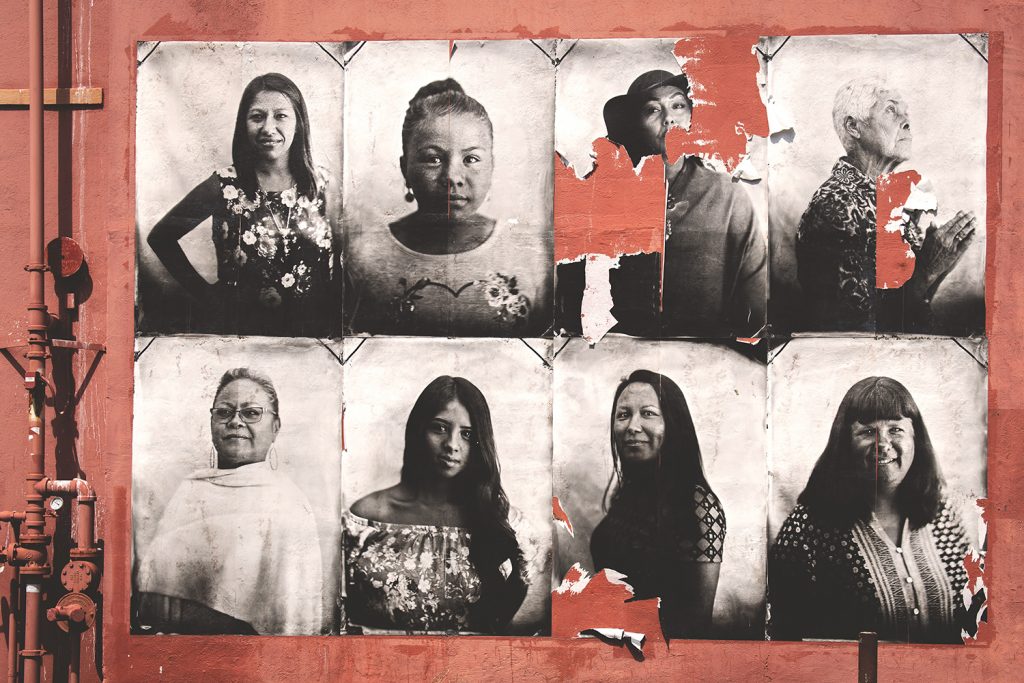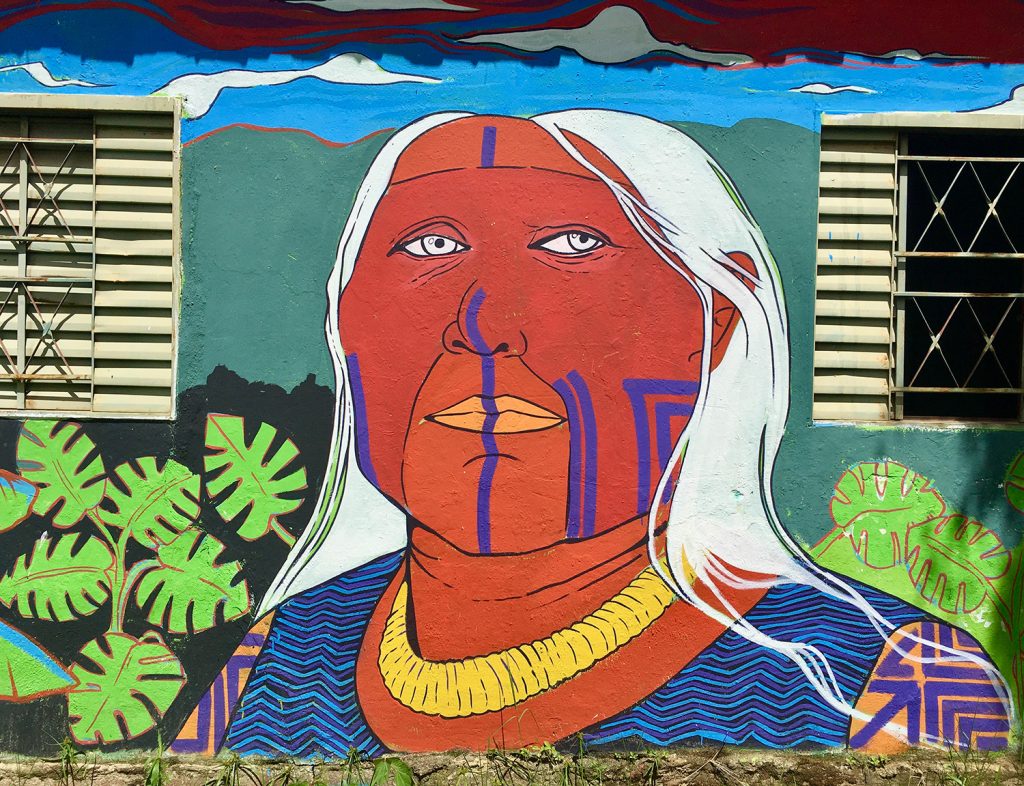
We are currently in the midst of an education crisis. Given the magnitude of the issues we’ve faced over the last year, it would be near impossible for students not to experience some level of disruption. But one issue we cannot blame on COVID is the woeful gaps among our youngest students in literacy.
It is tempting to lay blame for setbacks on the past year, given how tumultuous it has been. But students have been falling behind in reading since long before COVID exacerbated the issue. What’s worse is we’ve known about it and have failed to fix the situation by doing one fundamental thing: supporting educators in how to teach reading using evidence-based methods. If last year has taught us anything, it’s that a crisis offers lessons in prevention. If there were ever a time to invest in a new foundation that will prepare us better for the future, it’s now.
Elementary teachers are faced today not only with teaching students coming into the classroom with a range of skill levels, as they are every year, but also with catching up many students who are even further behind due to missed instruction. And much of the reading instruction they’ve had to do this year has been online with small children wriggling in front of video screens, which has made matters even more challenging. Depending on their district and school contexts, educators may or may not have been exposed to evidence-based practices for teaching reading through professional development and/or instructional materials. And this is exactly what they need in this most difficult of teaching scenarios in order to help their young students make big strides in literacy.
In a perfect world, teachers, faced with the difficulty of not only catching students up but also keeping them on track, would have the time and resources to attend professional development conferences, register for continuing education courses, or even obtain master’s degrees.
But few educators have those luxuries, and so districts and schools must support them with curriculum and supplemental programs that embed the science of reading into the content and the science of teaching reading within the teacher tools. Coherent programs and knowledgeable teachers are essential to the success of early readers—during a pandemic and at all times.
Right now is a historic moment in education. Innovation abounds, and we have interest and a willingness to invest in learning recovery from the broader community. Now is the opportune time to commit once and for all to strong readers and, very importantly, to strong teachers of reading.
Here’s what educators need to know to help themselves and their teams on this journey:
Don’t Forget the Importance of Kindergarten and First-Grade Instruction
The education community often focuses on literacy outcomes in the later grades, when the requirement to read well becomes academically urgent for success. For example, national metrics, like the Nation’s Report Card, assess math and literacy skills across grades K–12 but place emphasis on troublesome scores in middle and high school. When we see flat performance in fourth- and eighth-grade NAEP reading scores, the focus naturally turns to third-grade instruction and outcomes. As a result, we see many states where third-grade reading instruction and goals have been written into education policy. But that response is far too literal; research demonstrates that we can predict a child’s reading success by the end of grade one. Prioritizing reading instruction in grade three is too late.
Strong foundational instruction is critical in kindergarten and first grade. Several research studies show that, absent such additional support, there is nearly a 90% chance that a poor reader in first grade will remain a poor reader.1 Everywhere you look, there is a flashing light pointing at our crisis in early-grade literacy. So when the latest middle-of-year data indicated early literacy losses are twice as large as we typically see in reading at this time of the year, it should have come as no surprise. After all, we haven’t done what we needed to pre-COVID to address these gaps.
And who is paying for it but our youngest students. The impact of lost spring instruction hit first graders (former kindergarteners) and second graders (former first graders) particularly hard, resulting in more students with clear deficits in foundational reading skills. These patterns existed before COVID upended the world. But now they are compounded and complicated by so many other issues.
Even more alarming, K–3 students are currently worse off than they were at the beginning of the school year, even though many have actually been back to an in-person or hybrid learning environment. When comparing the typical experience from beginning-of-year to mid-year (pre-COVID) with this year’s, we see that while most grades tend to experience improvement from beginning- to mid-year, that progress appears to be muted or reversed this year, with the greatest impact in kindergarten. Teachers will need to give additional instruction early and often to close the gaps from unfinished instruction.
We can’t afford to see if kids catch up on their own. The problem is not a developmental lag; it is a total disruption to progress due to missed instruction. Learning to read is not something innate; reading must be taught, and we know how. We must once and for all establish the systems and supports that early-grade teachers need to close these preventable gaps.
Understand and Implement a Simple View of Reading
In 1986, two researchers who connected through the University of Texas, Philip Gough and Bill Tunmer, proposed an easy way to understand the complex combination of skills that result in reading. They called it the simple view of reading. This view answers a straightforward but surprisingly understated question: when we are presented with a passage of text, how do we get meaning from it?
First, we need to convert written words into speech. Second, we need to understand that speech. While our brains are naturally wired for language, reading does not develop naturally. One must be taught to read. Language develops naturally, from before a child is even born, continuing through their lifetime. The better their encounters with language, the better their language comprehension.
The simple view points out that if we can’t decode the symbols in a sentence, we can’t read it, even if we know the language in which it’s written. For example, try reading this sentence:
“England’s openers labored 34 balls before scoring their first boundary as Strauss cracked two fours through the leg side. Cook made a patient start before motoring past his skipper.”
You know the code, but you also need the vocabulary and background knowledge—in this case, cricket knowledge.
When children first learn to read, they already understand a lot of spoken language. That means the best way to help students begin to read for themselves is to get decoding started. It’s important to teach children that words are made up of sounds and then teach them what sounds the letters stand for.
To see that this happens, we need to support teachers in providing students with activities in their classrooms that meet both language development and foundational skill needs. Especially now, we must provide teachers with the instructional materials, training, coaching, and additional supports to engage students in developing both knowledge and skills—language comprehension and word recognition—in their grade-level, whole-class instruction.
Know the Phases of Reading Development
We know how reading develops. Children develop reading skills by moving through four phases on their way to proficient reading. Each phase is important and requires specific instruction to ensure a strong foundation is built so that skilled reading develops.
• Pre-alphabetic Phase: Children use visual cues to identify words, seeing them holistically as pictures and context to make educated guesses, memorizing words as images. During this phase children focus on semantics to identify words. This is an important time to focus on phonological awareness and alphabetic knowledge, while beginning to introduce grapheme–phoneme correspondences.
• Partial Alphabetic Phase: Children have an awareness of some grapheme–phoneme correspondences and they are beginning to recognize that letters represent sounds. They guess at words based on first letters or notice ending letters to refine their guesses. This is a necessary first step in more nuanced letter–sound relationships, but is neither a sufficient nor a reliable approach to word recognition. During this phase, children should receive systematic and explicit instruction that emphasizes careful attention to each letter in words.
• Full Alphabetic Phase: Children in the full alphabetic phase can translate most grapheme–phoneme correspondences for both reading and writing. This marks a critical phase as they learn to attend to each letter in every word, allowing them to decode and encode words sequentially. Children begin to build a lexicon of words in memory by using knowledge of grapheme–phoneme relationships to map speech to print and print to speech. Though text reading may be slow during this phase, instruction should include advanced phonics concepts as well as daily practice with decodable, connected text.
• Consolidated Alphabetic Phase: Once individual phonemes are tackled and mastered, children begin to view and automatize parts of words in chunks, including morphemes and syllables. During this phase, children have rapid recognition of a large sight vocabulary and can quickly add new words to that sight vocabulary with minimal exposure. The process that underlies this automaticity, orthographic mapping, is a result of focused instruction and considerable practice. This mapping process is a literal rewiring of the brain’s neural pathways. During this phase, children are able to focus almost exclusively on the meaning of the text, as word recognition has become automatic.
Without appropriate instruction in previous phases, some children never reach the consolidated alphabetic phase. Universal screening to determine risk of reading failure is nonnegotiable to ensure appropriate identification of children who need support at each stage so they can progress. It is vitally important that we know how students are performing compared to a national peer group, as it enables screening for risk and intervention. The way to do this is by using an assessment for benchmarking and universal screening that measures at the skills levels and provides predictive information at the student level. This information can then be used to allocate resources to student support. But that is not a one-time or even a one-year endeavor. Measuring must be embedded into systems, for the long term.
During a time when it can be so easy to dwell on unfinished learning, school districts and teachers have the unparalleled opportunity to improve reading education and reading instruction from the ground up. When educators are supported by curriculum and assessments that are embedded with the science of reading and serve as professional development tools, students are positioned to close gaps, stay on track, and overcome the missed instruction of last year.
This crisis has been brewing for many years and the solution, therefore, is more than a quick fix and will likely take several years. But, unlike ever before, we have the interest, the investment, the innovative thinking, and the will to truly support every educator in learning to teach this most vital human skill: reading. We can teach every child to read, even after the massive disruptions and challenges of the pandemic, but we must help our teachers with the evidence-based professional development, instructional materials, assessments, and systems of support that will make them successful. Our educators, and our young students, deserve nothing less.
Links
1. www.readingrockets.org/article/waiting-rarely-works-late-bloomers-usually-just-wilt
Susan Lambert is the chief academic officer of elementary humanities at Amplify Education and hosts a very popular biweekly podcast, Science of Reading: The Podcast. Susan has worked in education for over 25 years as a classroom teacher, a building administrator, and in various district-level roles.















